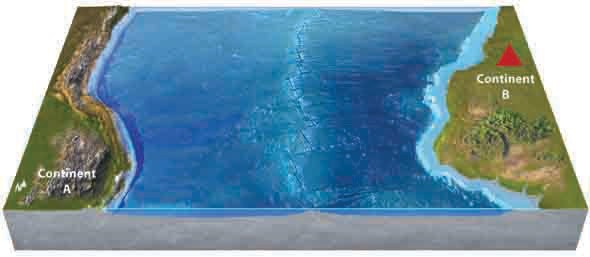How did the collapse of the Soviet Union in 1991 change the geopolitical structure of Central Asia, and how has Russia attempted to maintain influence in the region?
What will be an ideal response?
The collapse of the Soviet Union resulted in the establishment of six new independent countries, the five Central Asian SSRs and Azerbaijan (Transcaucasus), as well as the loosening up of Mongolia from Soviet Russian influence. Through economic ties and investment, Russia has attempted to retain its influence in the region.
You might also like to view...
Answer the following statement(s) true (T) or false (F)
1. After the breakup of the Soviet Union in 1991, the 15 newly independent republics had strong economies. 2. Moscow's location near the headwaters of north- and south-flowing rivers and in the forests helped to make it the center of Muscovy. 3. The czar who began the Westernization of Russia was Ivan the Terrible. 4. Collectivization attempted to make farmers like factory workers. 5. The collision of tectonic plates created high mountains and deep lakes.
Use your knowledge of plate boundaries to answer whether a volcano is likely or unlikely to form at the location of the red triangle.
A. likely B. unlikely
The following are adaptations to light (or its absence) in the dysphotic zone of the oceans except ________.
A. transparency B. dark coloring C. swim bladder D. bioluminescence E. countershading
The Peru (Humboldt) Current is an example of which of the following types of currents?
A) Eastern Boundary Current B) Equatorial Counter Current C) Northern Boundary Current D) Southern Boundary Current E) Western Boundary Current